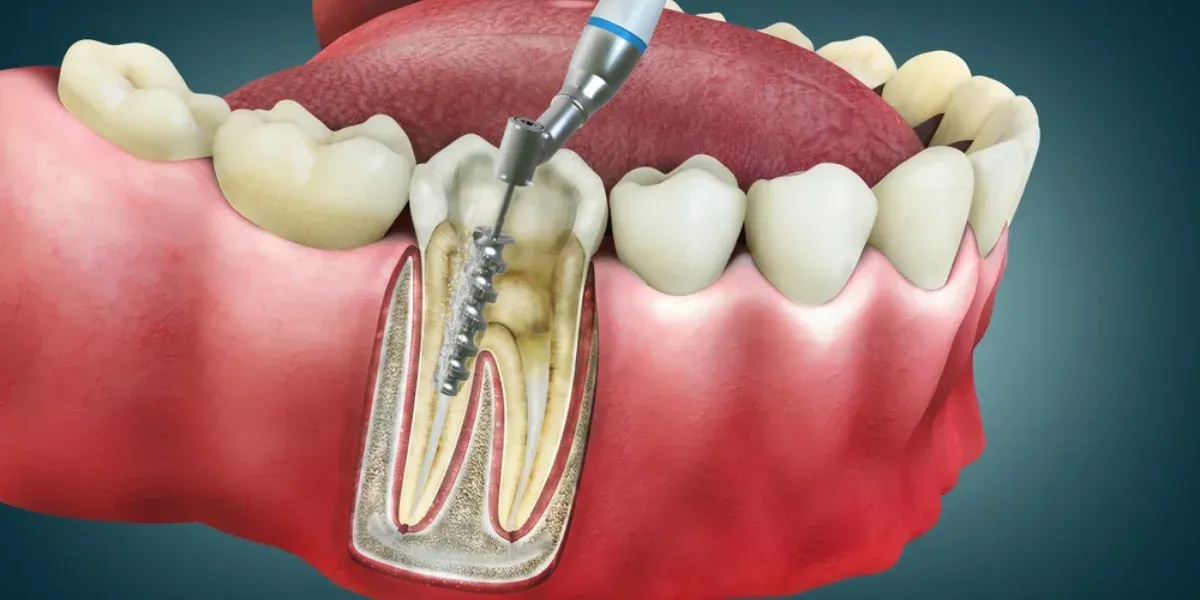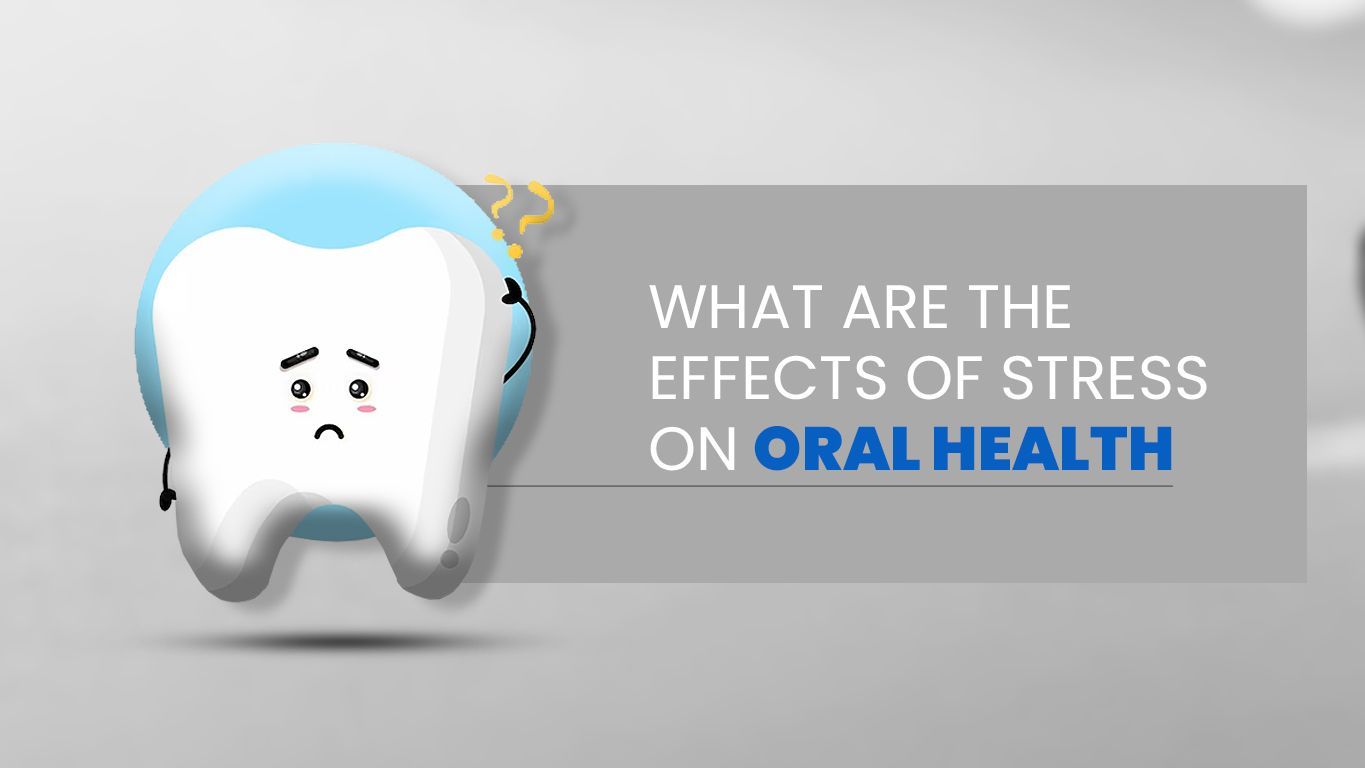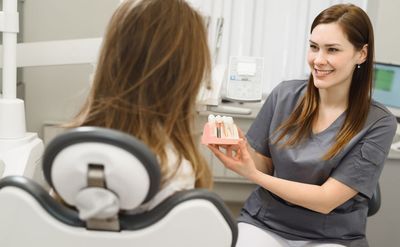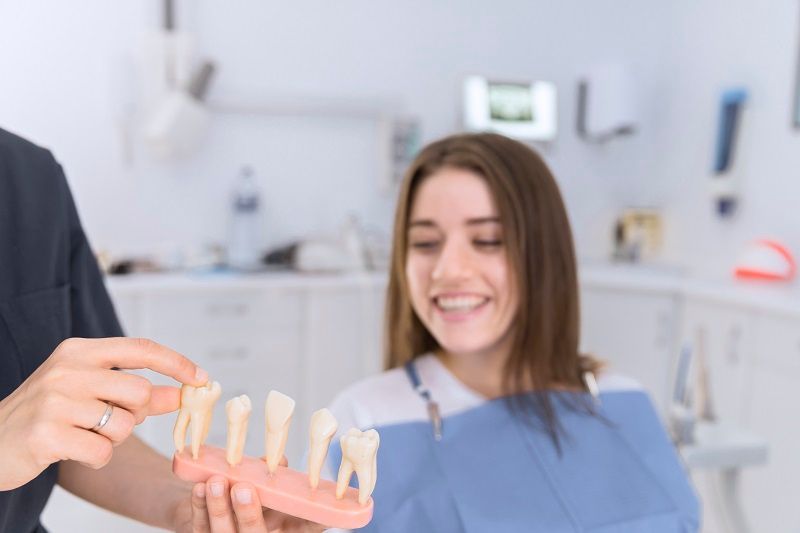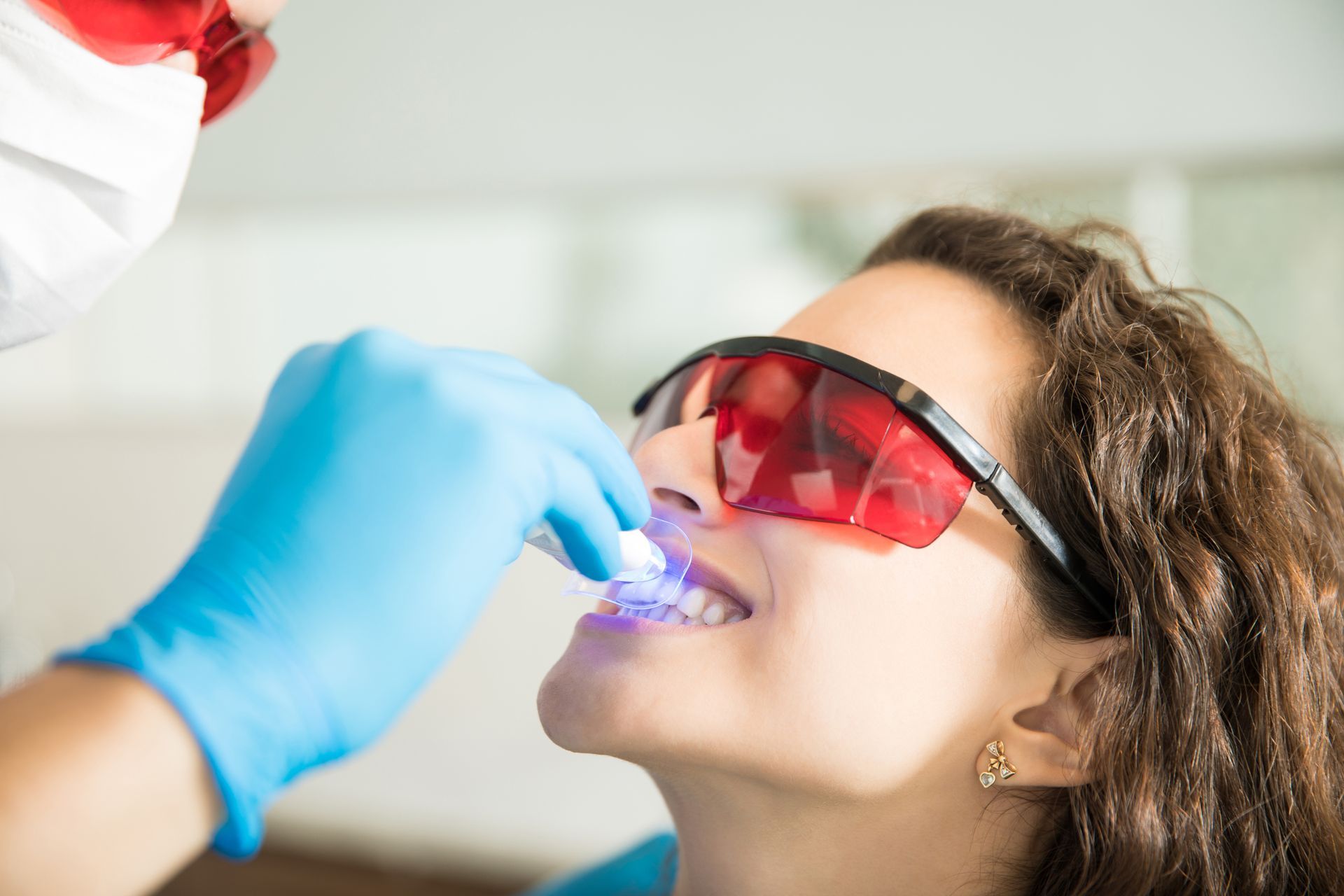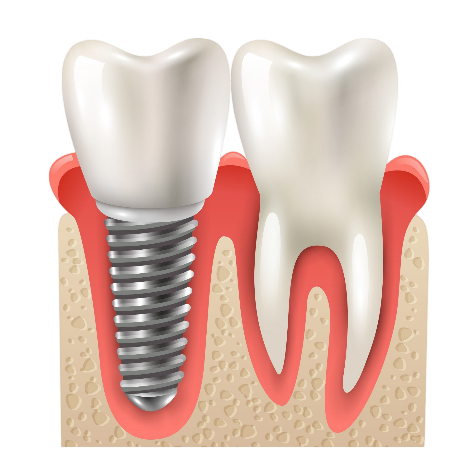Periodontal Disease Treatment-Costs and What to Expect
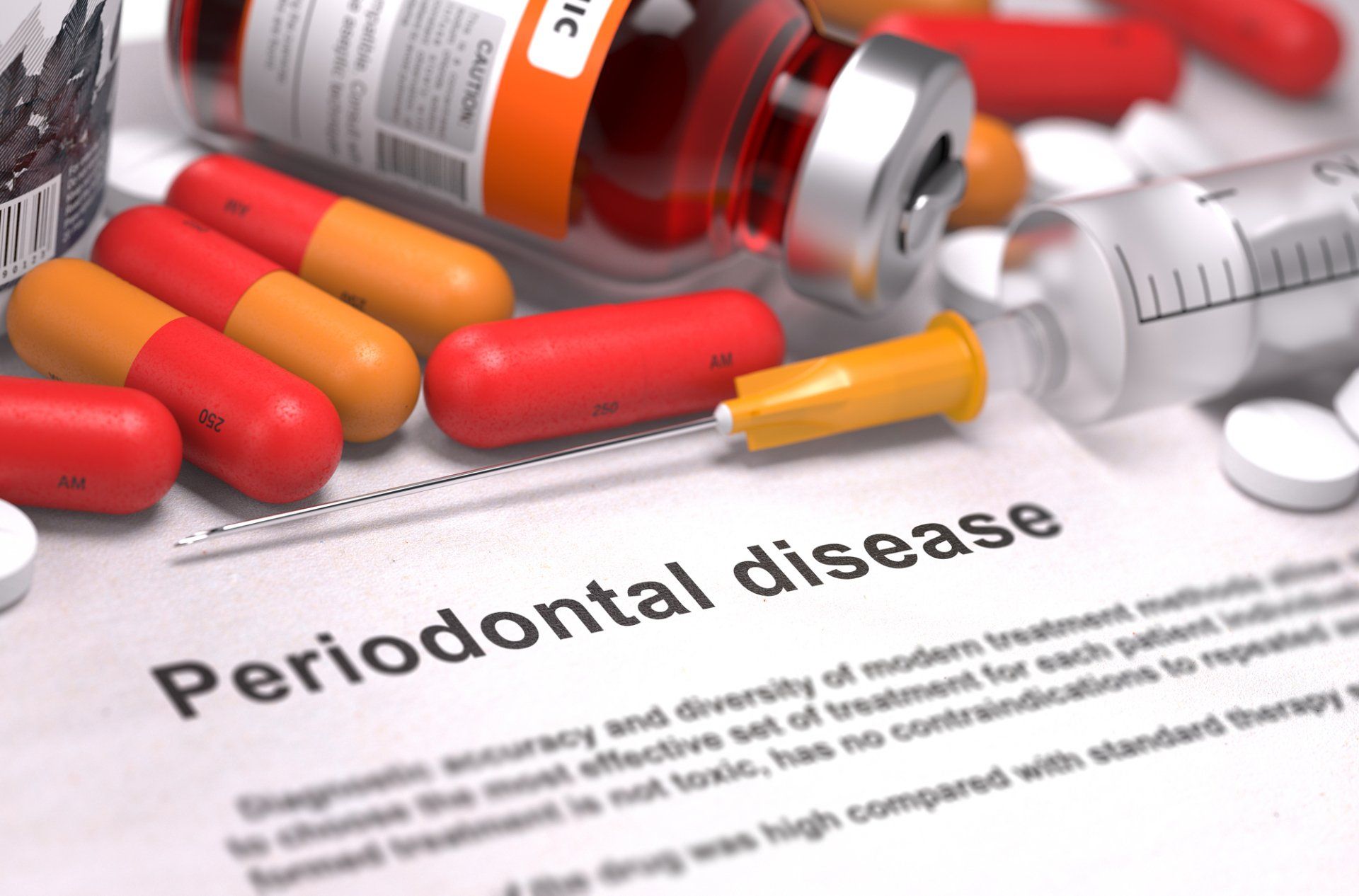
The thought of having Periodontal diseasescares many people. The cost of the treatment alone may have you questioning it. If you have already noticed bleeding gums and other symptoms that point toward gum disease, here are the average costs and what to expect from your dentist.
Periodontal Disease treatment cost ranges from $1,700 - $8,000, and teeth extractions average $200.00-$300.00 per tooth. The first treatment option is root scaling and planning. If this is not effective, surgery is needed, potentially using pocket reduction and bone grafting.
After all of this, you will have a three month follow-up appointment to evaluate your progress. You will also be instructed to maintain good oral hygiene. Most dental insurances will cover the cost of Periodontal disease treatment. If you are not sure, a simple call could give you the answer. Let’s learn more about this process.
The Cost and Treatment of Gum Disease
The cost of treatment for Periodontal disease will vary depending on a few factors:
- The progression of the disease
- Location
- Insurance
If you do not have health insurance, the average cost for periodontal treatment, including surgery, ranges from $3,000.00 - $8,000.00. Here is a generic chart with typical prices for the different aspects of periodontal disease treatment:

One phone call with your insurance company will tell you what services are covered. If you do not have insurance or the costs are not covered, you might consider a Dental School. They offer services at very low rates. Another option is Mexico. Many Americans go there for cheap but excellent dental work.
Your First Appointment to Assess Periodontal Disease
The first signs of Periodontitis are gum bleeding and soreness while flossing and brushing. When you notice these symptoms, you will want to make an appointment with your local dentist to receive a basic cleaning. Then you will be evaluated on the progression of the disease through x-rays and manual observations.
They will create your treatment plan, which could include any of the following:
- Root scaling and planning
- Extraction
- Tissue grafting
- Antibiotic regimen
- Pocket reduction surgery
- Bone grafting
- Tissue grafting
Go over the plan with your dentist and schedule an appointment to begin treatment.
Understanding Scaling and Root Planning
The process of scaling and root planning is a simple one. Your dentist will scrape the tooth surface of plaque and tartar. They will take special care with the indentations on the tooth surface. Once the surface is clean, they will move below the gum line by making a small incision. This will expose the root, making it easier to perform a deep clean.
When the cleaning is complete, your dentist will smooth any of the root surfaces that are exposed. Depending on the severity of the plaque and tartar build up, you may have more than one visit. You can expect these appointments to last a maximum of two hours.
This is one of the simplest procedures and the first one dentists opt for.
It is rather painless. Most will experience slight gum discomfort and bleeding for a few days afterward and possible sensitivity to hot and cold extremes and sweet foods.
What Happens During Pocket Reduction Surgery
During this appointment, your dentist will go into your gums and perform a pocket reduction surgery. This is the process of cleaning out and reducing the little air pockets formed between your gums and teeth from receding gum lines and bacteria.
During this procedure, your dentist will first numb the area. They will cut into your gum and fold it back, making a “gum flap”. This will let them reach plaque and bacteria below the gum line. Any infected gum tissue is also removed.
Once this is complete, the dentist will smooth any indentations on the bone to reduce the risk of bacteria growth. If bone grafting is needed, it will also be done at this time. Once the surgery is completed, your dentist will stitch the surgical site shut with either dissolvable or fine thread. A barrier, similar to putty, is then applied to protect the area.
In one to two weeks, you will receive a follow up visit. During this time, you should avoid extreme temperatures in food or drink and heavy exercises. When you arrive at your follow-up appointment, your dentist will remove the protective barrier and any stitches that remain. You will be instructed to use an antibacterial mouthwash, maintain a healthy diet, and practice good oral hygiene.
You will have another follow-up appointment in one to three months. This appointment, your dentist will confirm you are taking care of your teeth and check the surgical sites for any complications.
Why Would the Dentist Extract Teeth or Remove Jawbone?
When periodontal disease goes untreated, bacteria will cause the bone to rot around the root. In this case, the offending teeth and bone are removed and the bone replaced with a graft. These grafts can be made from your own, fake, or donated bone. Over time, your own bone will begin to regenerate with the help of the graft.
After a bone or tissue graft, you may find your teeth are more visible and roots possibly exposed. This is due to the removal of infected gum tissue and bone. You will be prescribed a fluoride mouthwash and other medications that will build a protection over the root and reduce the sensitivity.
Symptoms of Periodontal Disease
The symptoms of Periodontal disease are fairly easy to spot:
- Receding gums
- Exposed roots
- Swollen or bleeding gums
- Bad breath
- Pain while eating
- Loosening teeth
If these issues are not taken care of immediately, they can become irreversible. It is suggested to make an appointment with a local dentist as soon as any of these symptoms appear.
You may be at a greater risk for periodontal disease if you:
- Smoke
- Frequently consume sugary foods
- Practice bad dental hygiene
- Have diabetes
- Immune system deficiencies
- Hormone changes in women
Unfortunately, in many cases, genetics also play a factor. If this is your case, it is even more important to practice good oral care.
The Complications from Untreated Dental Problems
If untreated, bacteria from periodontal disease can cause a wide variety of serious health problems. These can include but are not limited to:
- Oral, kidney, or blood cancer
- Heart disease
- Respiratory illnesses
- Tooth loss
- Heart attack
- Stroke
- COPD
- Pregnancy complications
The risks of leaving oral diseases untreated outweigh a simple dentist visit. You should never neglect your teeth.
How to Prevent Dental Disease
It is really rather simple to prevent oral diseases. Floss and brush your teeth a minimum of two times per day. Although, it is recommended to do so after every meal. Use an antibacterial mouthwash after brushing and flossing. Limit or omit sugary foods and drinks from your diet. Stop smoking tobacco products and limit your alcohol intake. Make sure you see your dentist every six months for a cleaning and fluoride treatment.
If you practice all of these steps, you are sure to stay in good oral health.
Good dental hygiene is important for your health in the long run. You do not want to go through painful procedures and spend tons of money on something you could have prevented. It takes mere minutes to perform these duties and is well worth it.

